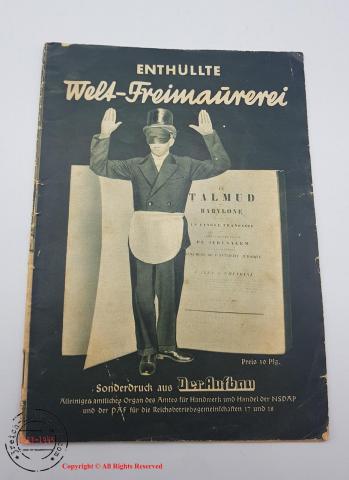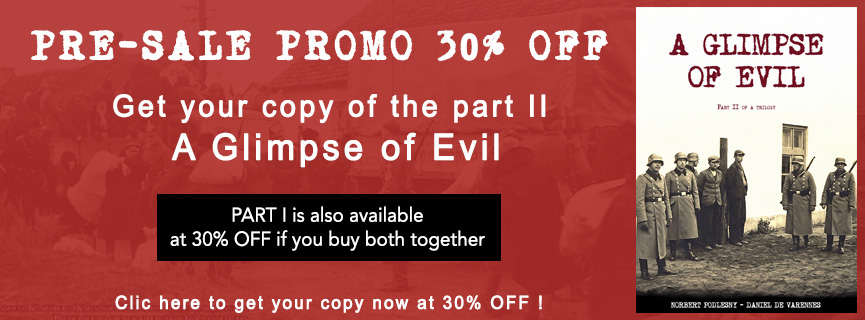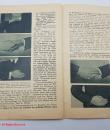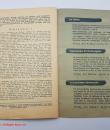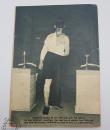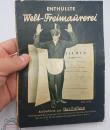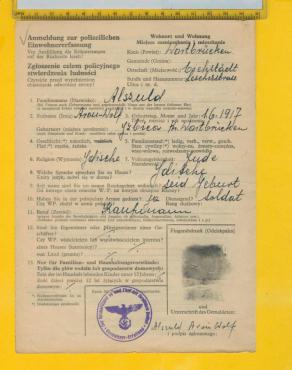III Reich period anti-freemasonry book "Enthuellte Welt-Freimaurerei" - Special number of "Der Aufbau", the organ of the NSDAP for construction workers
| Price: | $140.00 |
III Reich period anti-freemasonry book "Enthuellte Welt-Freimaurerei" (Freemasonry unveiled) - Special number of "Der Aufbau", the organ of the NSDAP for construction workers. Book explains in detail everything about Freemasonry, the structure, secrets, organisation and everything that anybody that wanted to know about this organisation should know. The connection between Freemasonry and Jewry is also present. Book includes plenty of pictures showing freemasonry instruments, organisation pyramids, initiation ceremonies, etc.
The Holocaust
The preserved records of the Reichssicherheitshauptamt (the Reich Security Main Office) show the persecution of Freemasons during the Holocaust. RSHA Amt VII (Written Records) was overseen by Professor Franz Six and was responsible for "ideological" tasks, by which was meant the creation of antisemitic and anti-Masonic propaganda. While the number of victims is not accurately known, historians estimate that between 80,000 and 200,000 Freemasons were killed under the Nazi regime. Masonic concentration camp inmates were classified as political prisoners and wore an inverted red triangle. Hitler believed Freemasons had succumbed to Jews conspiring against Germany.
The small blue forget-me-not flower was first used by the Grand Lodge Zur Sonne, in 1926, as a Masonic emblem at the annual convention in Bremen, Germany. In 1938 a forget-me-not badge—made by the same factory as the Masonic badge—was chosen for the annual Nazi Party Winterhilfswerk, the annual charity drive of the National Socialist People's Welfare, the welfare branch of the Nazi party. This coincidence enabled Freemasons to wear the forget-me-not badge as a secret sign of membership.
After World War II, the forget-me-not flower was used again as a Masonic emblem in 1948 at the first Annual Convention of the United Grand Lodges of Germany in 1948. The badge is now worn in the coat lapel by Freemasons around the world to remember all who suffered in the name of Freemasonry, especially those during the Nazi era.
Religious opposition
Freemasonry has attracted criticism from theocratic states and organised religions for supposed competition with religion, or supposed heterodoxy within the fraternity itself and has long been the target of conspiracy theories, which assert Freemasonry to be an occult and evil power.
